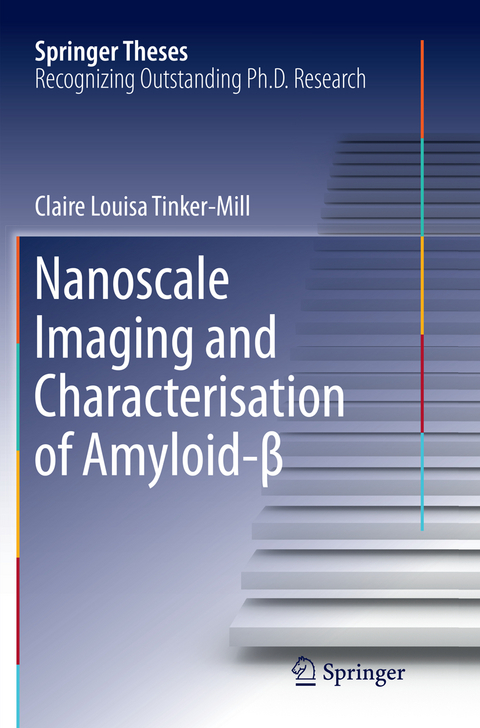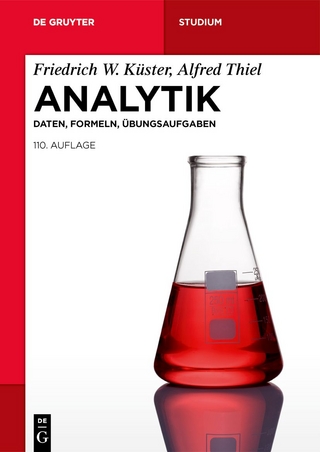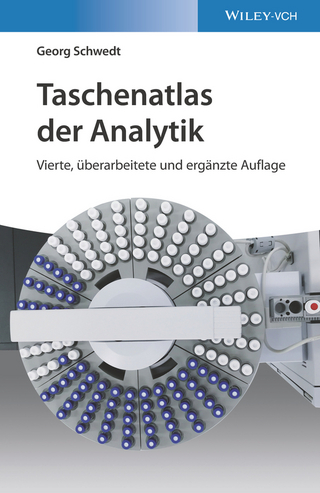
Nanoscale Imaging and Characterisation of Amyloid-β
Seiten
2018
|
Softcover reprint of the original 1st ed. 2016
Springer International Publishing (Verlag)
978-3-319-81907-5 (ISBN)
Springer International Publishing (Verlag)
978-3-319-81907-5 (ISBN)
This thesis presents a method for reliably and robustly producing samples of amyloid-beta (Abeta) by capturing them at various stages of aggregation, as well as the results of subsequent imaging with various atomic force microscopy (AFM) methods, all of which add value to the data gathered by collecting information on the peptide's nanomechanical, elastic, thermal or spectroscopical properties.
Amyloid-beta (Abeta) undergoes a hierarchy of aggregation following a structural transition, making it an ideal subject of study using scanning probe microscopy (SPM), dynamic light scattering (DLS) and other physical techniques. By imaging samples of Abeta with Ultrasonic Force Microscopy, a detailed substructure to the morphology is revealed, which correlates well with the most advanced cryo-EM work. Early stage work in the area of thermal and spectroscopical AFM is also presented, and indicates the promise these techniques may hold for imaging sensitive and complex biological materials. This thesis demonstrates that physical techniques can be highly complementary when studying the aggregation of amyloid peptides, and allow the detection of subtle differences in their aggregation processes.
Amyloid-beta (Abeta) undergoes a hierarchy of aggregation following a structural transition, making it an ideal subject of study using scanning probe microscopy (SPM), dynamic light scattering (DLS) and other physical techniques. By imaging samples of Abeta with Ultrasonic Force Microscopy, a detailed substructure to the morphology is revealed, which correlates well with the most advanced cryo-EM work. Early stage work in the area of thermal and spectroscopical AFM is also presented, and indicates the promise these techniques may hold for imaging sensitive and complex biological materials. This thesis demonstrates that physical techniques can be highly complementary when studying the aggregation of amyloid peptides, and allow the detection of subtle differences in their aggregation processes.
Introduction.- Literature Review and Theoretical Concepts.- Experimental Methodology.- Substrate Development of the Imaging of Amyloid Proteins with SPM Methods.- Scanning Probe Microscopy Methods of Imaging Amyloid Peptides During the Aggregation Process.- Spectroscopy and Thermal SPM Methods of Studying Abeta1:42.- The Application of Biophysical Techniques to the Study of the Inhibition of Aggregation of Abeta Using PINPs Liposomes.- Conclusion and Future Perspectives.
| Erscheinungsdatum | 05.03.2022 |
|---|---|
| Reihe/Serie | Springer Theses |
| Zusatzinfo | XX, 149 p. 59 illus., 14 illus. in color. |
| Verlagsort | Cham |
| Sprache | englisch |
| Maße | 155 x 235 mm |
| Gewicht | 2701 g |
| Themenwelt | Naturwissenschaften ► Chemie ► Analytische Chemie |
| Naturwissenschaften ► Chemie ► Physikalische Chemie | |
| Naturwissenschaften ► Physik / Astronomie | |
| Schlagworte | AFM Imaging of Amyloid-beta • Aggregation of Amyloid-beta • Alzheimer's Disease and AFM • Nanomechanical Characterisation • Ultrasonic Force Microscopy |
| ISBN-10 | 3-319-81907-0 / 3319819070 |
| ISBN-13 | 978-3-319-81907-5 / 9783319819075 |
| Zustand | Neuware |
| Informationen gemäß Produktsicherheitsverordnung (GPSR) | |
| Haben Sie eine Frage zum Produkt? |
Mehr entdecken
aus dem Bereich
aus dem Bereich


